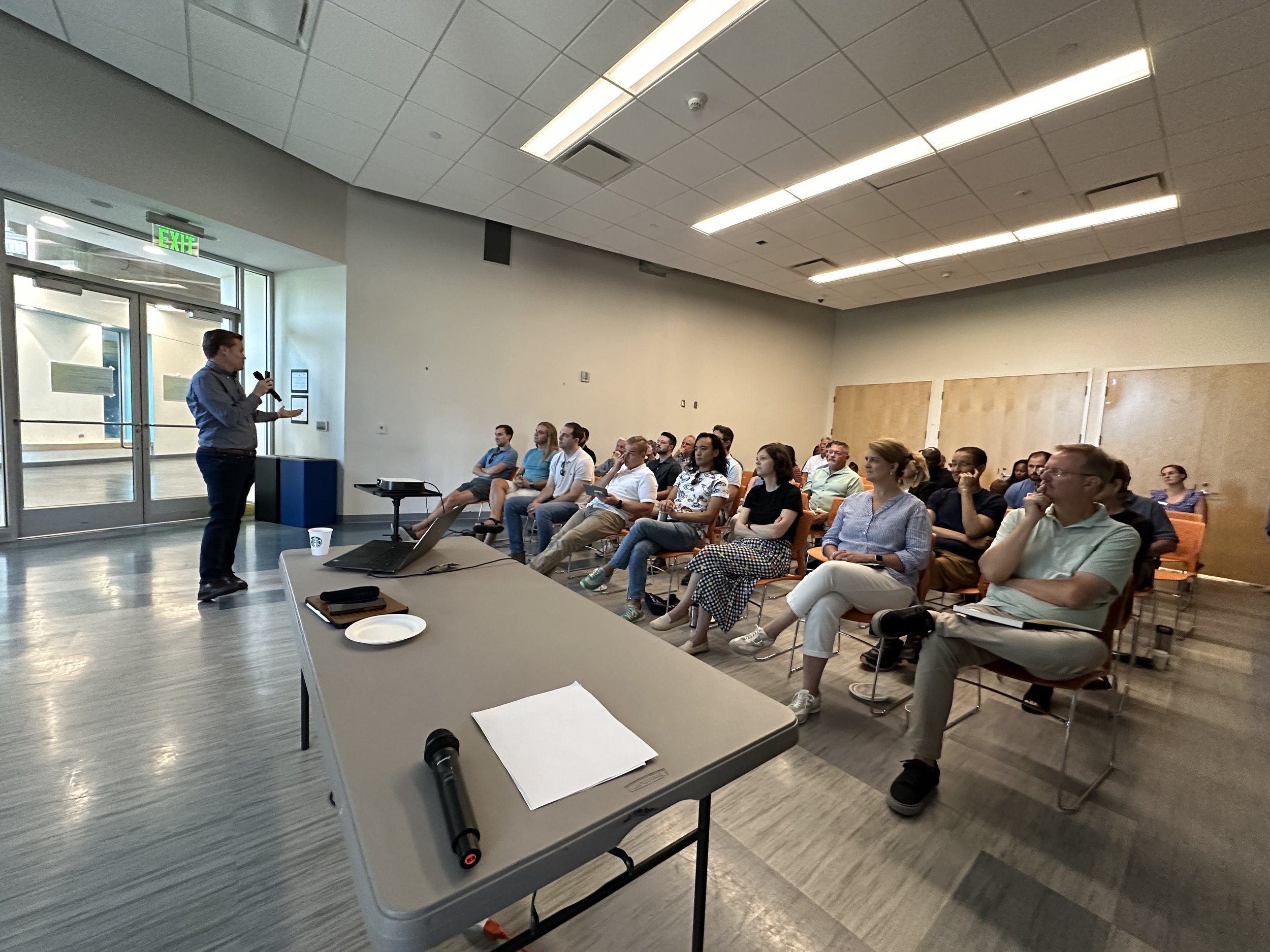A Seat at the Table: Basic Development Finance for Planners, Urbanists and Housing Advocates
RaleighForward held our second event on Saturday, August 19th at John Chavis Memorial Park. Author Ben Stevens joined to talk through basic development finance for planners, urbanists and housing advocates.



Ben Stevens provided a truly engaging discussion about how the constraints of development finance often complicate balancing fiscal realities with comprehensive planning priorities, aesthetic considerations and demands for affordable housing. Ben also offered ideas for how to tip this complicated balancing act in favor of housing affordability. Here are some other key takeaways from the program:
There is significant personal financial risk for developers because lenders often require personal guarantees as a condition of financing a development. As a result, developers are resistant to committing to community demands that add to the financial risk of a project.
Local governments add to the risk profile of development proposals due to the uncertainty caused by the entitlement process. The longer the review process takes, the higher the risk because of shifting market conditions, interest rate changes and owners deciding not to sell the property.
Using objective entitlement criteria reduces the uncertainty by making the review process more predictable. This can reduce developer risk, while increasing the likelihood that the community gets more of what it desires.
Before a developer can consider including specific community demands, it must be sure the project will generate income exceeding the final development costs.
Ben provided a series of examples illustrating how variables like interest rates, permitting costs, parking mandates, affordable housing mandates and height reductions can have a catastrophic impact on the financial feasibility of proposed developments.
Regarding affordable housing, instead of haphazard mandates, Ben suggested that communities consider setting aside a specific percentage of real estate tax revenue generated by all new development and use it to fund affordable housing initiatives.
If you would like to review Ben’s slide deck from the presentation, click here.
